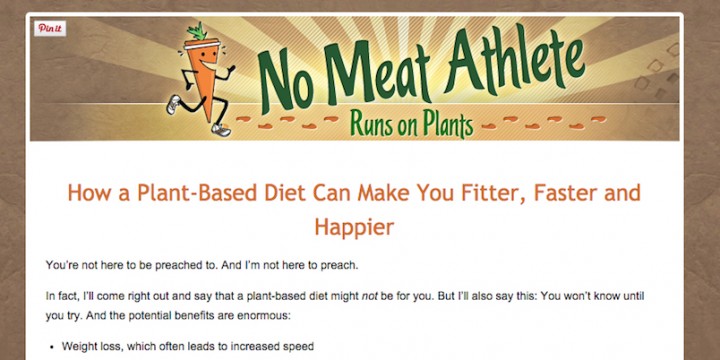
Transition to Veganism
- June 2015
- Simple Living Vegan
Steph,
The gear sling I ordered is awesome and the posters you sent I appreciate very much. Thank you. But I have a question this time. What was your transition to veganism like? How did you learn and approach the process? I am trying vegetarian for the next 30 days, but began it a week early (so 5 weeks total). I basically jumped into it and am trying to learn as I go which is actually quite a challenging way to approach it. What resources might you suggest to make this transition easier? I’m interested to learn as much as I can about this different way of eating. Thanks for any advice you can give.
Brandon
Hi Brandon,
Congrats on taking action on a new idea! I hope you are feeling great and enjoying sampling a new approach to eating! I’ve been eating a whole foods, vegan diet since 2003, and have learned a lot just by doing. Mainly what I’ve learned is this is not rocket science, it’s actually pretty simple. You eat whole foods. You eat real foods. You don’t eat fake food that has ingredients lists, high fructose corn syrup, sugar, hydrogenated oil or chemicals in it. You never again worry about being overweight, sluggish or craving junk. You eat as much as you want and whenever you want. You spend a lot less on groceries and don’t have to worry about getting salmonella in your kitchen. And you drastically reduce your risk of heart disease, diabetes and cancer. So it’s a pretty good deal 🙂 One resource I can’t recommend enough is Matt Frazier’s website NoMeatAthlete.com
Also, keep in mind that eating simple whole foods is the best way to eat, no matter what. When you go to the “regular” grocery store, all your shopping will happen on the outside perimeter with occasional forays into the center aisle for staples like brown rice, pasta (including brown rice pasta, kamut pasta), thai noodles, dried lentils and beans.
My typical shopping trip is something like this: replacing staples as needed, such as short grain brown rice, quinoa, lentils, garbanzos, olive oil, grapeseed oil, Bragg’s liquid aminos/soy sauce, apple cider vinegar, lime juice, nutritional yeast, spices (curry, cumin, red pepper flakes, sea salt) mustard, unbleached flour, baking powder, oats, walnuts, cashews, sunflower seeds, raisins, garlic, onions, potatoes, carrots. And more commonly, every couple of days, buying fresh food such as extra-firm non-GMO tofu, tempeh, broccoli, kale, spinach, mushrooms, zucchini, hot peppers, red lettuce, chard, cucumbers, tomatoes, scallions and fruit.
Eating a plant-based diet, for me, is very much about eating a varied, healthy diet and avoiding fake foods–I avoid any processed food items, anything with added/refined sugar and most things with bleached out grains such as white flour and white rice. I’m also pretty suspicious of cans, so I prefer to soak and cook my beans. Lentils are great because they’re super quick and take no soaking. But garbanzos are incredibly delicious hot, cold, in salads, stirfrys, curries or hummus, and they’re also very easy.
I don’t obsess over protein. At all. With that being said, when I put a dinner together, whether it’s salad, stirfry, curry, pasta with vegetables, or a combination of simple dishes, I make sure there is a protein source in it (usually tofu or legumes), as well as something green (kale, spinach or broccoli). To me, if there’s no green in it, it’s not a proper dinner 🙂
I hope this helps a little, and please do check out nomeatathlete.com!
Steph







